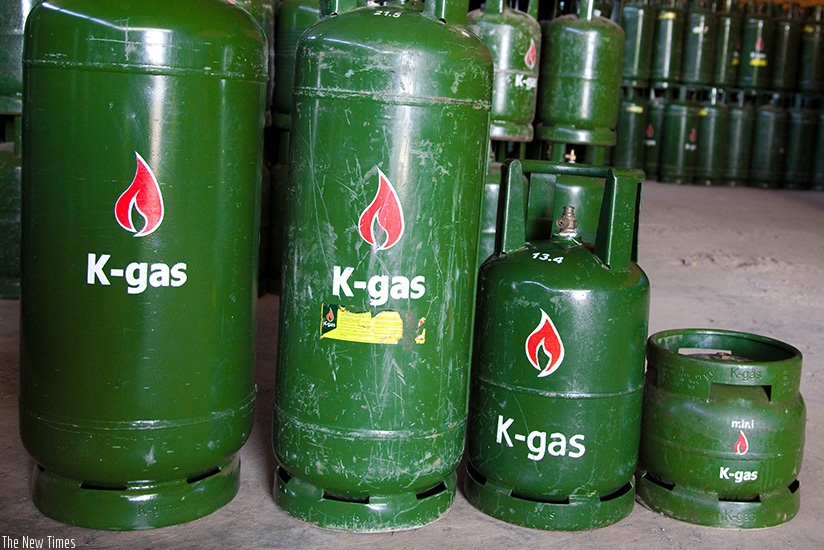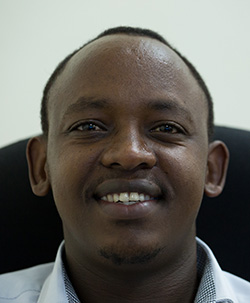Gas imports upsurge as domestic demand rises
More Rwandans are ditching charcoal and opting for gas as the energy source for cooking, statistics from gas imports indicates.

Gas cylinders in a store. Timothy Kisambira.

